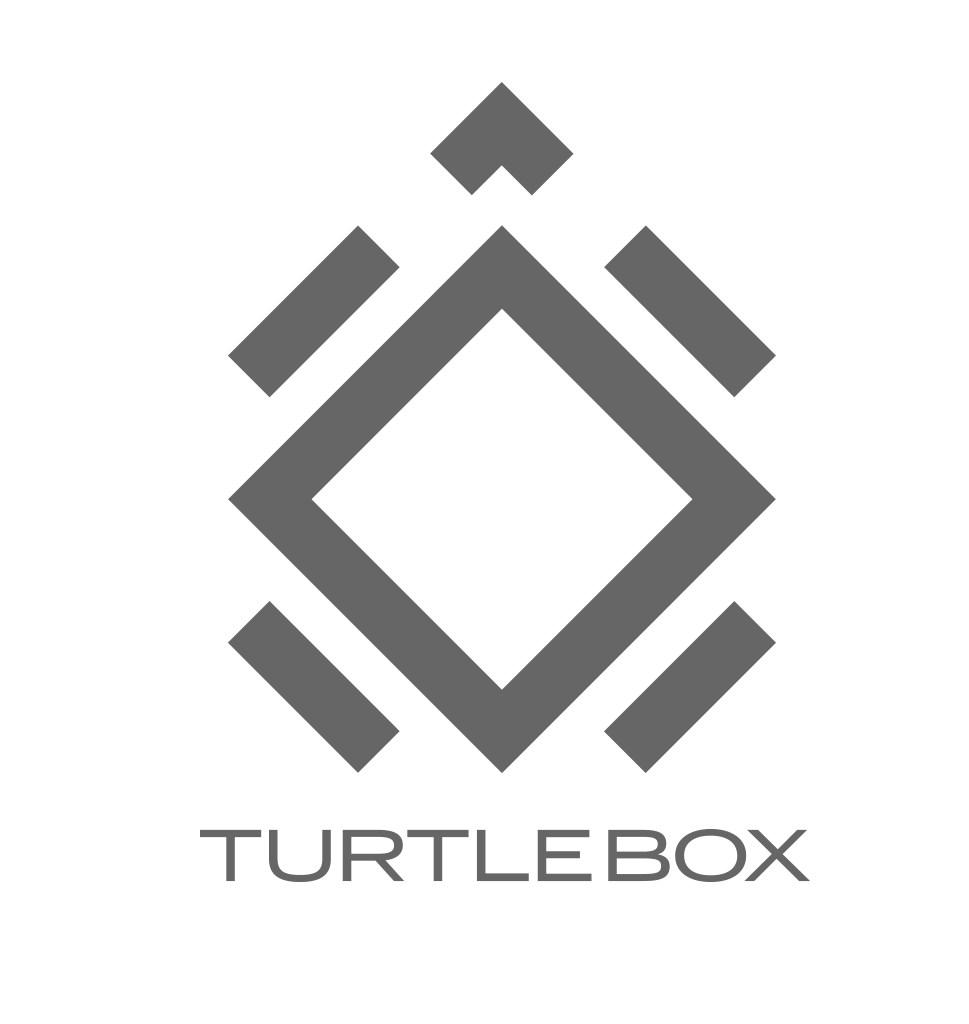Once dismissed as underwhelming, California’s white seabass hatchery program earns sweet redemption.
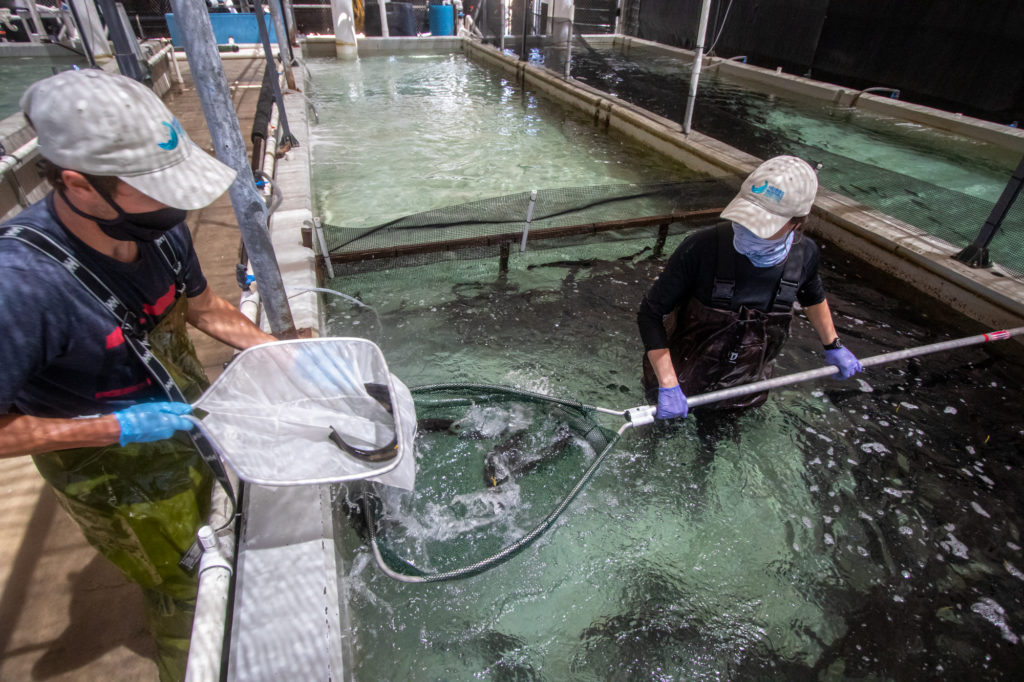
Photo courtesy of Hubbs-SeaWorld Research Institute
By Chris Arechaederra
Coastal Conservation Association of California
Anglers and the sportfishing community received some great news in 2022 in the form of a recent genetic study suggesting that the white seabass hatchery program, run by the Hubbs-SeaWorld Research Institute (HSWRI) in Carlsbad, has had more of an impact on the species than originally thought.
The recent study contrasts sharply with research done in 2017 that indicated that less than 1 percent of white sea bass caught in the state of California were from the HSWRI Carlsbad facility, officially known as the Ocean Resource Enhancement and Hatchery Program (OREHP). The 2017 study was based on recovered coded wire tags that are routinely implanted in all juvenile white seabass before they are released from the hatcheries.
For the new study, both HSWRI and a research team at the South Carolina Department of Natural Resources used genetic markers recovered from tissue samples and archived otoliths (bones from inner ears of white seabass) from broodstock and approximately 700 captured sub-legal-size fish from the Newport Beach, Oceanside and San Diego coastal areas since the mid-1990s. A comparative analysis of the genetic markers found 46.2 percent of the white sea bass caught in these areas originated in the hatchery, as compared to only 7.4 percent having coded wire tags, according to the preliminary results.
“This new study changes everything,” says Wayne Kotow, executive director of CCA California and vice chair of the Ocean Research and Enhancement Advisory Panel, which helps guide OREHP efforts. “While the impact of the OREHP had previously been panned as minimal, this study casts a far more positive light on the hatchery program. Anglers have always been suspicious of the results of the previous study, as it flew in the face of the great fishing for white seabass that we have experienced in Southern California for the past 15 to 20 years. Now we know that those suspicions were more than justified.”
For years, even before CCA California was founded, anglers had been asked to turn in their white sea bass heads for storage in freezers located throughout Southern California so they could be scanned for the tags. Unfortunately, the results did not reflect well on those efforts, both from the data side as well as the participation side by anglers.
However, the new study is clearly indicating a major issue with the reliability of the coded wire tagging system for long term identification of hatchery-reared white seabass.
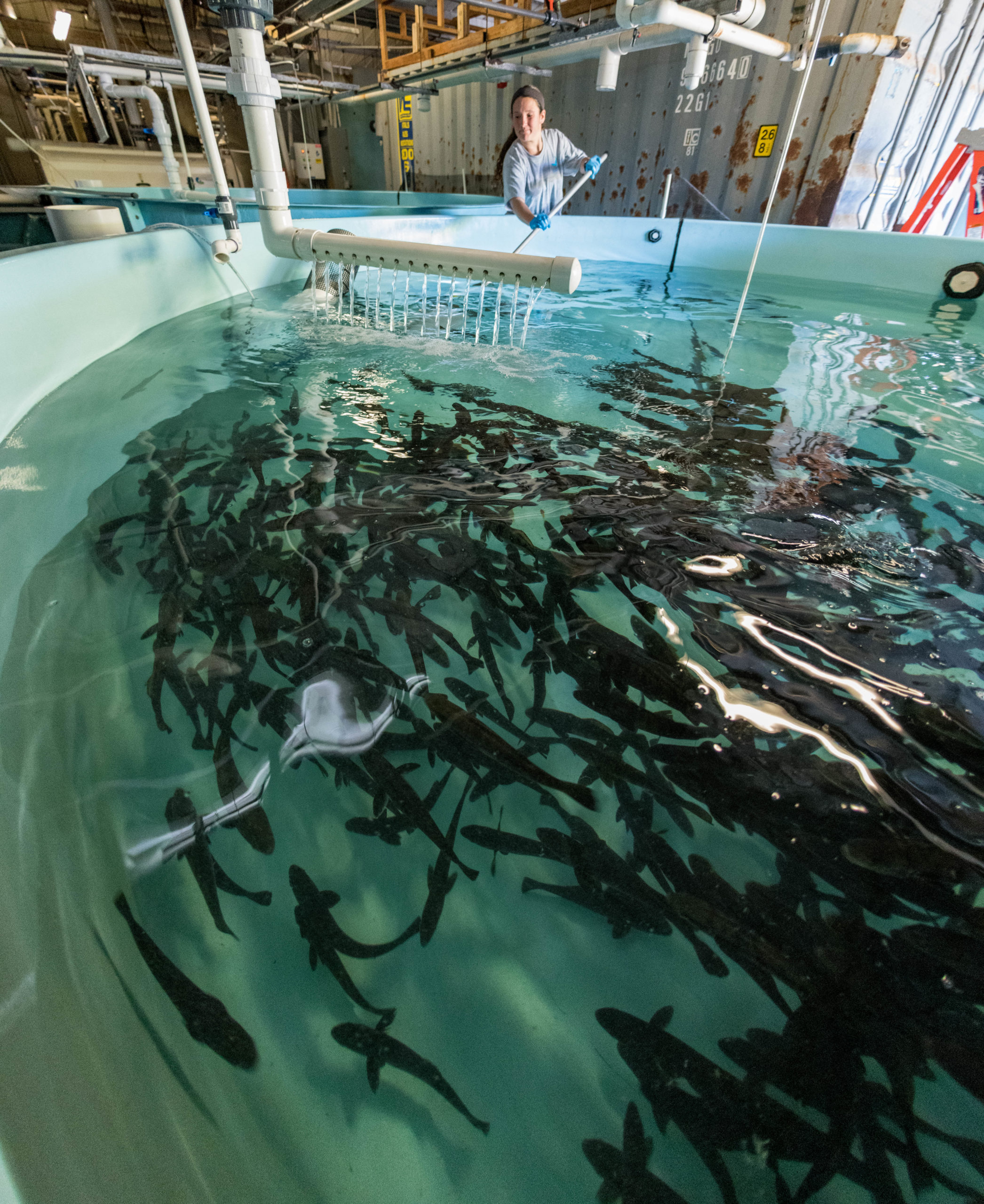
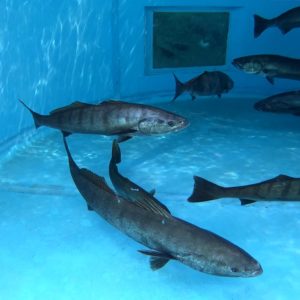
Photos courtesy of Hubbs-SeaWorld Research Institute
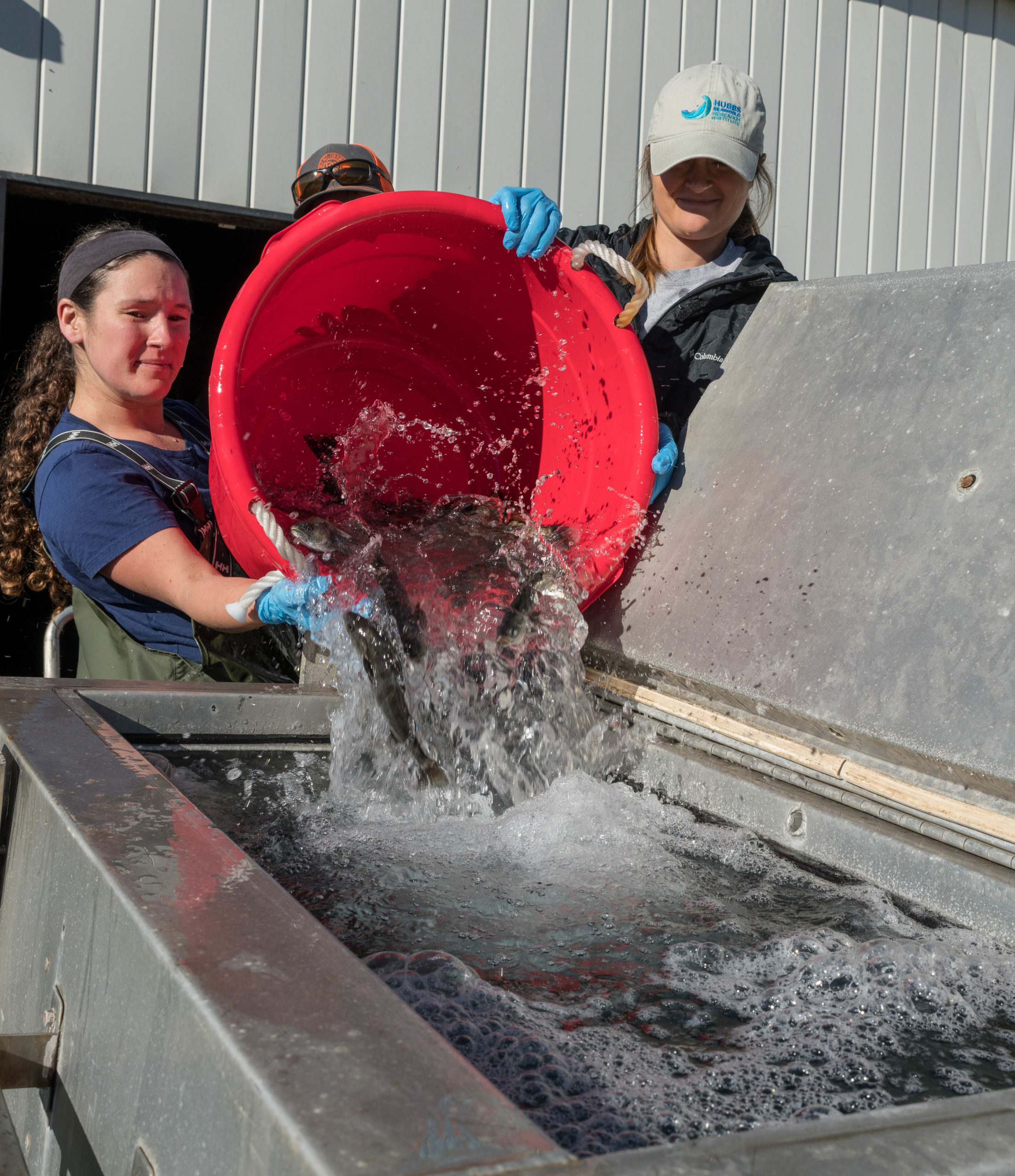
“Obviously, a large number of the coded wire tags were either shed or lost their detection signal,” said Mark Drawbridge, senior research scientist for HSWRI and a member of the team that undertook the genetics study. “We don’t know the reason, but we need to understand why – that will be a priority for our continuing research.”
Anglers in Southern California should feel good about these results. An Ocean Enhancement stamp is required on California annual fishing licenses for anyone fishing in ocean waters south of Point Arguello. The stamp largely funds the hatchery program which, since its inception in 1983, has released more than 2.5 juvenile white sea bass.
“The results of this study are incredibly positive for both Southern California’s fisheries and the people who love to fish them. Decades of hard work by Hubbs-SeaWorld Research Institute’s hatchery program has made this possible,” said California Assemblymember, Tasha Boerner Horvath, who authored legislation that re-authorized the seabass program legislation in 2020. “I encourage everyone who cares about the health of our state’s fisheries to continue to support their vital research.”
Many members of CCA California have played a huge role in the program, with volunteers helping to tend to the hatchery’s network of grow-out pens in harbors and bays along the coast of Southern California and Santa Catalina Island after the fish have been transferred from the Carlsbad hatchery. After delivery, those same volunteers take time every week to feed and care for the fish until the white seabass reach about 9 to 10 inches in length, upon which they are released.
The OREHP program has shown its worth and it is a source of pride for the sportfishing community that cares for it so well. The springtime sea bass fishing is becoming a season of its own, where boats are going out full in the springtime just for an opportunity to catch one. Even in the northern part of the state boats are frequently hosting special trips for sea bass when these magnificent croakers are biting.
As the overall size of the fish continues to grow each year, and bolstered by the early results of this new study, anglers who believed so strongly in the hatchery efforts rightly feel a bit of sweet redemption for a program that is, in fact, performing a vital service for the state’s angling community and its marine resources.







